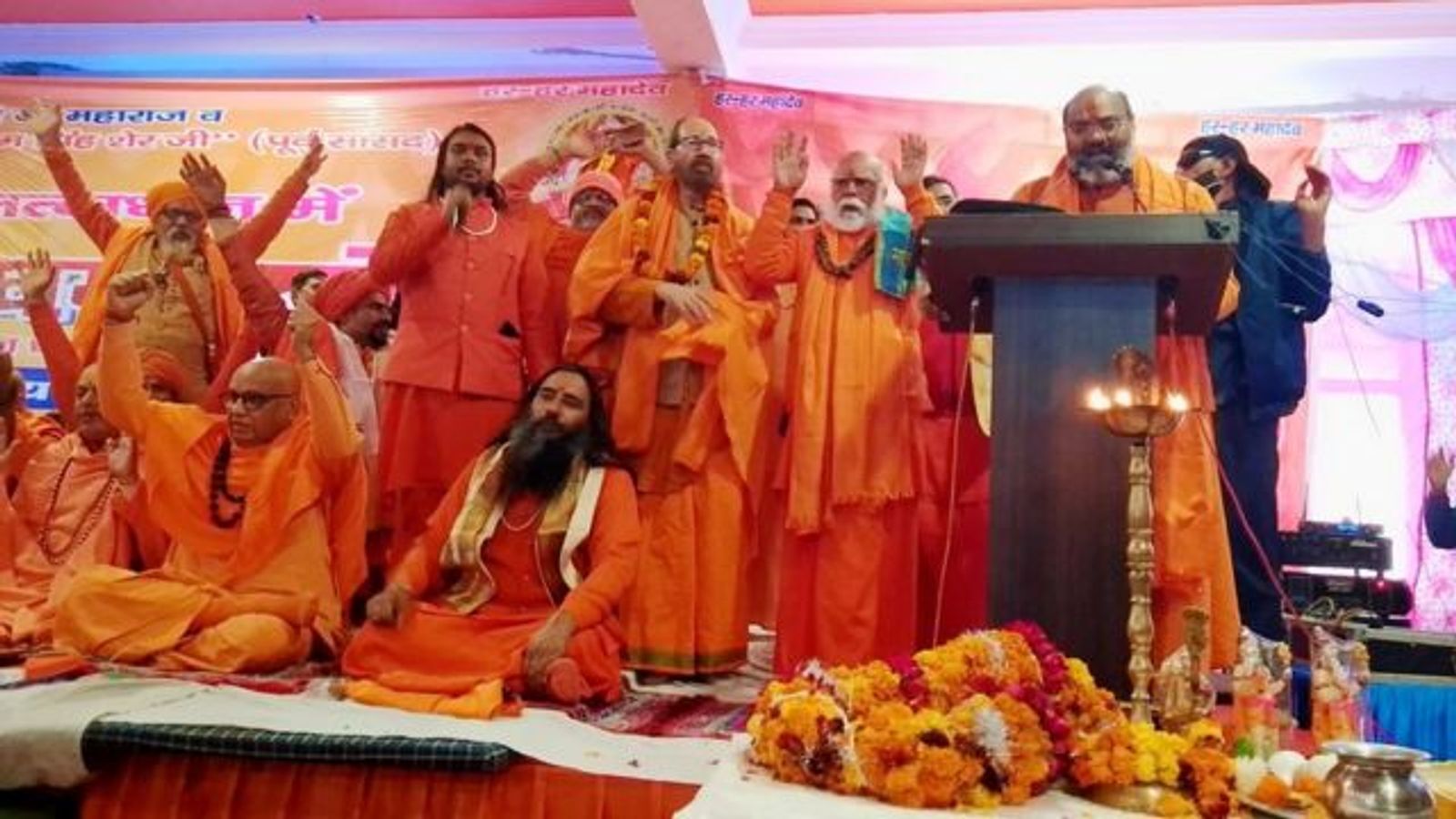Plug the loopholes

Nearly one month has passed since a few self-styled saints made a direct call of violence against the Muslim community, and now, after the intervention of the Supreme Court, the administration has arrested another prime accused in the case — Yati Narsinghanand, after Wasim Rizvi was arrested a few days ago. However, the pace of investigation in the matter is not very encouraging, given that the issue is of national importance and represents a blot on our Constitutional ethos and cultural values. The primary reason behind the shoddiness of the investigation could be traced to the fact that India, as a nation, has failed utterly to recognise and define hate speech — both in terms of society and within the legal framework. Since there is no concrete legal definition of hate speech in the country, it becomes very difficult to deal with the issues related to it. This argument becomes evidently clear when we see the status of legal development in hate speech cases — be it the Jantar Mantar speech, Sudarshan TV episode, political speeches ahead of Delhi riots, or any of the cases that we have witnessed over the past few years. The largely inconclusive state of these cases is indicative of the ambiguities of hate speech provisions in our country. The three main provisions that are usually applied in the cases of hate speech include — section 153A, section 505 and section 295A of the Indian Penal Code (IPC). None of these sections of the IPC directly pertain to the crime of hate speech. While section 153A of the IPC deals with cases related to promotion of enmity between two communities, section 295A pertains to blasphemy. Section 505 of the IPC deals with statements related to public order. Hate speech doesn't completely fall into the purview of any of these categories of crimes. The Dharma Conclave speech is a classic example of what constitutes hate speech. To highlight, the speeches made by the perpetrators called for a sort of ethnic cleansing like that of 'Rohingya Muslims in Myanmar'. The accused speakers even went on to the extent of saying that they would carry out a mutiny more intense than the 1857 revolt if the government failed in the pursuit of heeding to their call. The provocative statements represent the extreme, with hardly any ambiguity in intent. If there was some degree of ambiguity, it was only in the words, left perhaps advertently to escape the legal implications. The moot question here is not regarding the intent of the culprits to escape legal implications — that is an obvious course of action for them. The real question is why does our legal framework allow such loopholes. It is shocking that the legal framework in our country to deal with hate speeches is not comprehensive enough to address a mere play of words. This lackadaisical approach is so insensitive to the beautiful and delicate diversity of India that we boast of. When the law allows such loopholes, it downgrades the defining nature of India — its cultural, religious, regional, linguistic diversity. One may be forced to wonder what prevents the Parliament from tightening the grip over hatemongers. Notably, the Law Commission of India, in its 267th report, pushed for a more encompassing framework by recommending the addition of section 153C and section 505A to the IPC. What these sections do is to distinguish hate speech from inflammatory statements, giving hate speech a direct recognition. The Law Commission relates hate speech to the "incitement of hatred primarily against a group of persons defined in terms of race, ethnicity, gender, sexual orientation, religious belief etc." The demand for inclusion of such provisions recommended by the Law Commission is not new. It has been advocated for a long time. The perpetual failure of the State in coming out with concrete mechanisms to deal with hatemongers is disturbing. The situation becomes more horrific with the involvement of religion or so-called religious leaders. Indian society is known for its strict adherence to religions — sometimes touching and crossing the lines of blind following. Add to it the paramount influence of religious leaders. Their words and actions define the momentum and contours of people's behaviour. The formulation of legal framework around hate speech should incorporate these intricacies as well. Furthermore, it is noticed that such incidents gain greater momentum during the elections, particularly in the northern belt of the country. The allegations of connivance of political parties with those propagating hate under the garb of religion cannot be ruled out completely. Lawmakers should go beyond political and ideological lines to incorporate such provisions in hate speech laws that would deter or disincentivise unethical nexus between political leaders and hate spreaders. While a robust legislative framework is a thing of the future and the course that the ongoing investigations in the Dharma Conclave case will take is still not very clear, the onus lies on the people to counter hate with love. It should not be seen merely in an idealistic sense. It is a fact that many people are trying tirelessly to spread love through their words and actions. More people should join the fray for a positive practical outcome. It is the behaviour of society that matters the most. For every attempt to spread hate, there should be an equal attempt to spread love.



